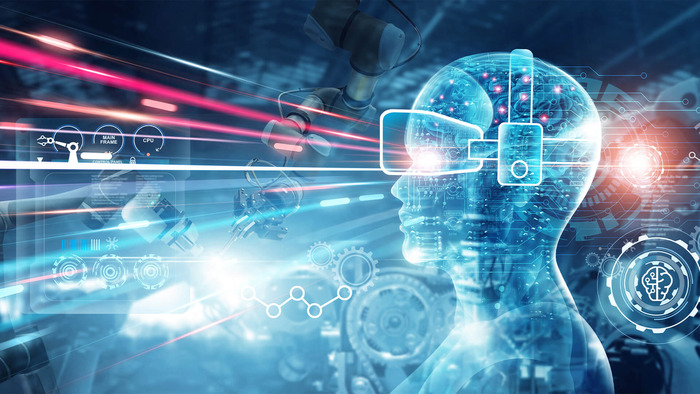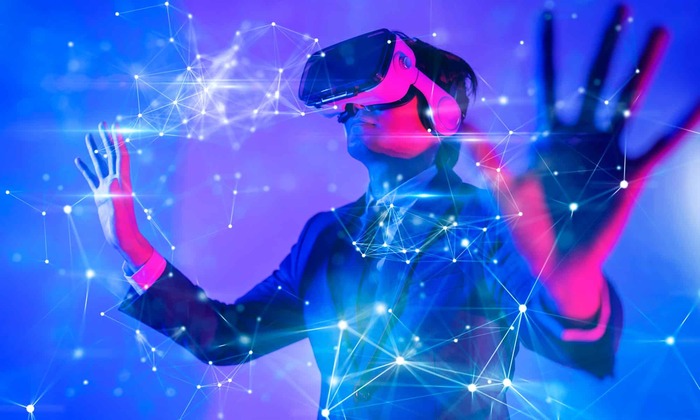Reality (VR) has been a hot topic for years and has become more common in the last four years due to technological advances. With the integration of Artificial Intelligence ( AI ), the possibilities for creativity and innovation have become endless.
The Metaverse, a virtual space where users can interact with each other and digital objects, has become a new reality, making the integration of VR and AI a game changer. If you wish to learn about investing with education companies, you may want to visit bitiq.app.
Virtual reality becomes a new reality.
The pandemic has undoubtedly caused a change in the way people work, learn, and interact with each other. With social distancing measures in place, many have turned to virtual reality to connect with others and experience the world outside their homes.
Virtual reality headsets like the Oculus Quest 2 became more popular, allowing users to immerse themselves in virtual environments.
AI technology has made these environments even more realistic. AI-powered avatars can mimic human behavior, making interactions with virtual characters more real.
This has opened up new education, entertainment, and even therapy possibilities. Imagine visiting a virtual therapist who can tailor your responses to your needs and emotions.
AI integration improves the metaverse experience.
The Metaverse is like a massively multiplayer game but with real-world applications. Companies like Facebook and Roblox have invested heavily in the Metaverse, as they see it as the future of social interaction and commerce; however, for the former, it has represented financial losses, but they are still confident in its potential.
AI integration has made the Metaverse even more attractive. Chatbots _ are AI-powered; they can act as virtual concierges, guiding users through the virtual space and recommending experiences based on their preferences.
Endless possibilities for creativity and innovation
Integrating VR and AI has opened up new possibilities for creativity and innovation. Artists and designers can create immersive experiences that transport users to other worlds. They can use AI algorithms to generate unique designs and patterns or create realistic natural phenomena simulations.
Virtual reality and AI are also transforming the way we learn. Students can explore historical events or scientific concepts in virtual environments, making the learning experience more engaging and memorable. Teachers can use AI-powered chatbots to provide personalized feedback and support to students.
Virtual economies and currencies take center stage
As the Metaverse becomes more popular, virtual economies and currencies emerge. These currencies, like Robux on Roblox, can be used to purchase virtual goods and services. Some users even earn real money by creating and selling virtual items.
AI technology is playing a vital role in these virtual economies. AI algorithms can analyze user behavior to determine the value of virtual items and adjust prices accordingly. They can also detect fraud and prevent counterfeit items from being sold.
Integrating virtual reality and AI is ushering in a new social interaction and communication era. Users can connect with people from all over the world in virtual environments, breaking down geographical barriers. AI-powered chatbots can act as virtual assistants, helping users navigate the virtual space and providing information and support.
AI integration is exciting and full of possibilities. We can expect to see even more innovative applications and use cases as technology evolves. Whether for entertainment, education, or commerce, VR and AI are changing how we interact with the world around us.
Conclusion
Integrating both technologies has opened up new possibilities for creativity, innovation, and social interaction. From creating immersive experiences to personalized learning and virtual economies, technology is transforming the way we interact with the world around us.
With the continued advancement of technology, there is no doubt that we will see even more innovative applications and use cases in the future.


